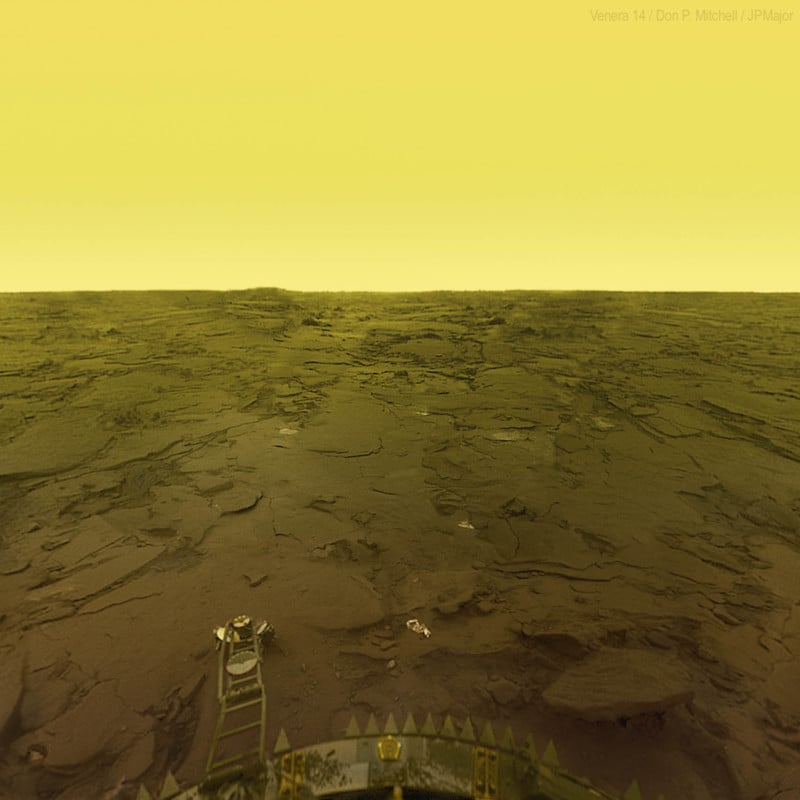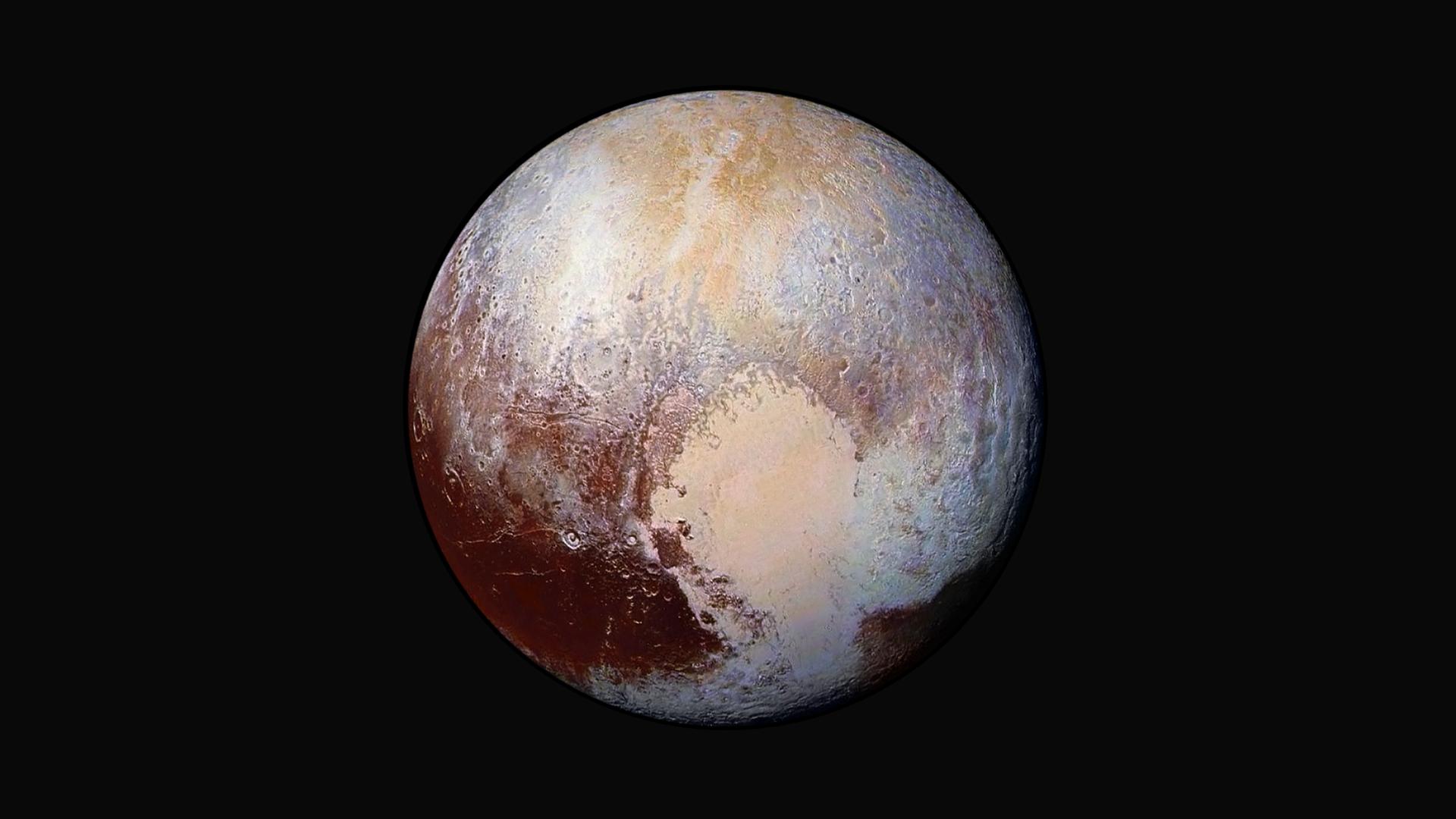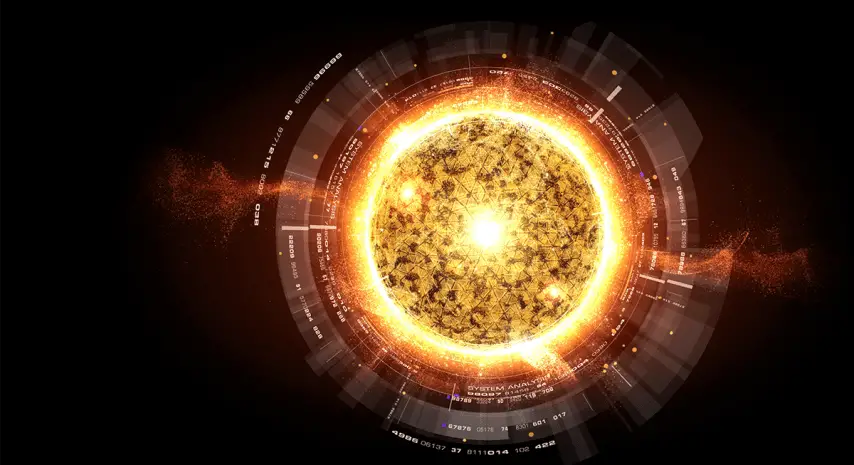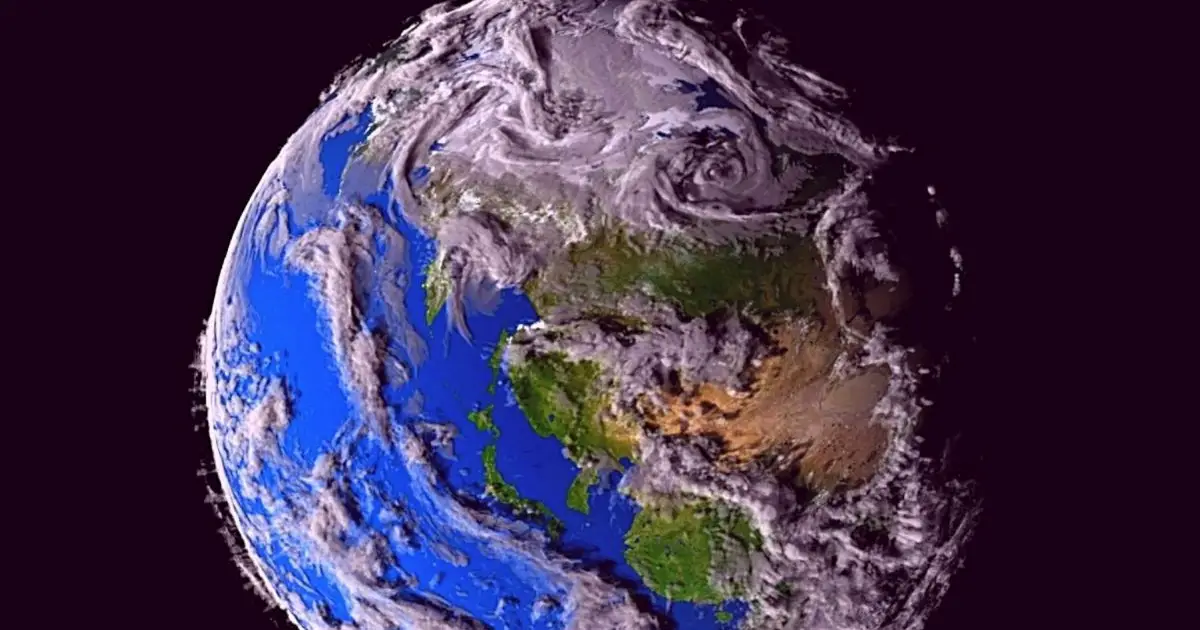Venus’s surface is so extreme that the longest any lander has survived is just 127 minutes.
Key Takeaways:
- The Soviet Venera missions in the 1970s and 1980s captured the only images ever taken from Venus’s surface.
- Venus’s intense heat (up to 900°F/482°C) and crushing pressure (over 75 times Earth’s) make survival nearly impossible.
- While NASA has studied Venus from orbit, only the Soviet Union has successfully landed probes.
- NASA’s DAVINCI mission, set for 2031, aims to study Venus’s atmosphere and may briefly transmit surface data.
- Its runaway greenhouse effect offers insights into climate change and planetary evolution.
Venus, Earth’s so-called twin, has long fascinated scientists due to its similar size and rocky composition. However, its extreme conditions make it one of the most hostile places in the solar system. Unlike Mars, which has been extensively explored, Venus remains largely mysterious. The reason? The planet’s thick, toxic atmosphere and blistering heat destroy spacecraft in mere minutes.
The Soviet Union was the only nation to successfully land probes on Venus. Between 1970 and 1984, the Venera program sent several missions, capturing the only surface images of the planet. Venera 9, Venera 10, Venera 13, and Venera 14 provided black-and-white and colorized images of a barren, rocky landscape. These remain the only direct visual records of Venus’s surface. The longest-lasting lander, Venera 13, survived just 127 minutes before succumbing to the planet’s extreme conditions.

Why Venus Is So Hostile
Venus’s atmosphere is over 96% carbon dioxide, with an air pressure more than 75 times that of Earth. The planet experiences a runaway greenhouse effect, where heat is trapped and unable to escape. Surface temperatures reach up to 900°F (482°C), hot enough to melt lead. Additionally, Venus’s thick clouds of sulfuric acid prevent visible-light observations from space, making surface imaging impossible without a lander.

Compared to Mars, which has an average temperature of -81°F (-63°C), Venus presents an engineering nightmare. While Mars rovers operate for years, Venus landers must endure intense heat and pressure that crushes them in under two hours.
Future Missions and Scientific Importance

NASA has never landed a probe on Venus but has studied the planet from orbit. The upcoming DAVINCI mission, set for launch in 2031, will send an atmospheric probe that may briefly transmit surface data. Other planned missions, like VERITAS and EnVision, will map the planet’s geology and atmosphere using radar.
Studying Venus is crucial for understanding climate change and planetary evolution. The similarities between Earth and Venus suggest that our planet could have suffered the same fate under different circumstances. By unlocking Venus’s secrets, scientists hope to learn valuable lessons about Earth’s future.




